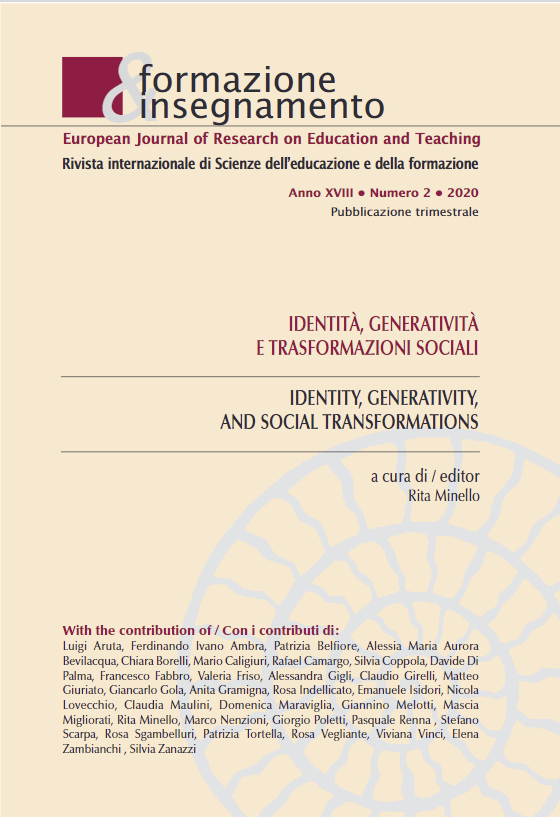Drawing in Personal Training and as a Cultural Practice of Knowledge Circulation
DOI:
https://doi.org/10.7346/-fei-XVIII-02-20_03Abstract
We live in a society of growing relationships with images and visual representations, use of interfaces that mediate subjects in various areas, information management through aesthetic strategies, use of communication applications and visual creation software. This paper explores the use of drawing as a tool for the construction of thought, the formation of its own self, and its potential as a means to circulate knowledge. Faced with a society of widespread digital memory and recording, writing behaviors change at a steady pace, and the management of this form of representation concurs mainly in groups where intellectual activity is the object of practice: designers, teachers, art directors, visual educators, and architects, among the many. With a qualitative approach, this article reflects the synthesis of different works, which place drawing, illustration, and pictorial composition as a historical factor of cultural representation – thus suggesting ‘illustrated drawing’ is a self-directed construction strategy achieved through the act of drawing.
Downloads
Published
How to Cite
Issue
Section
License
Copyright (c) 2020 Pensa MultiMedia

This work is licensed under a Creative Commons Attribution 4.0 International License.
Formazione & insegnamento is distributed under Attribution 4.0 International (CC BY 4.0).
For further details, please refer to our Repository & Archiving Policy, as well as our Copyright & Licensing Terms.





